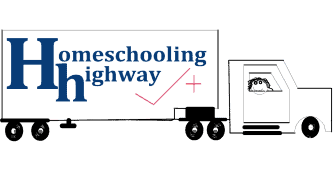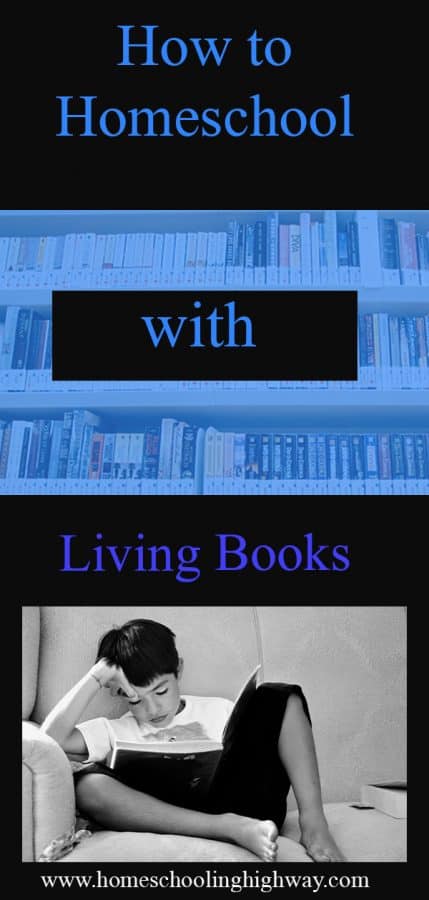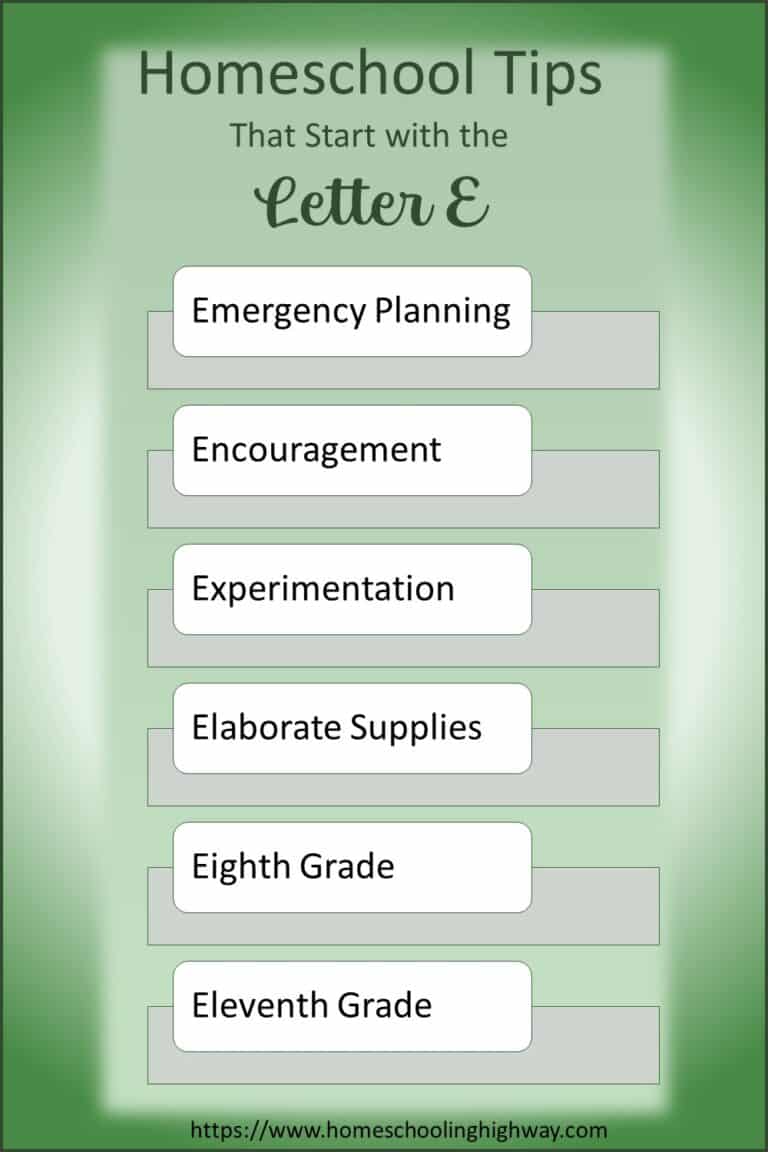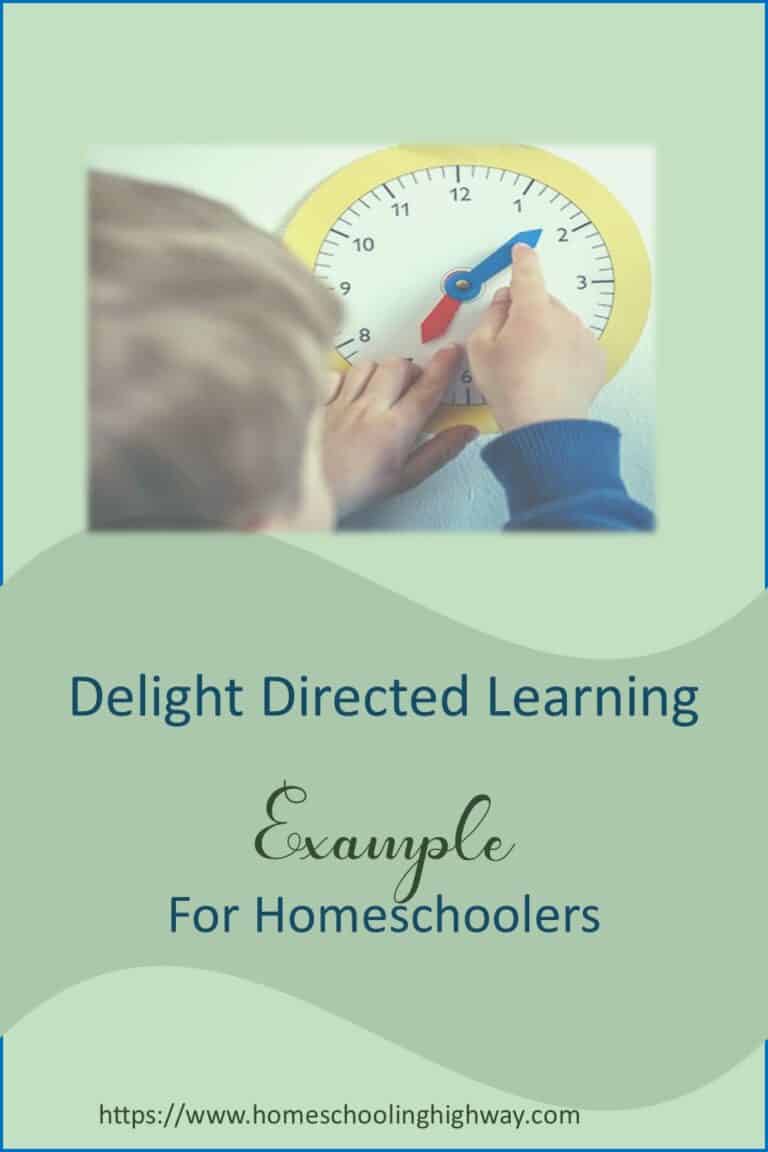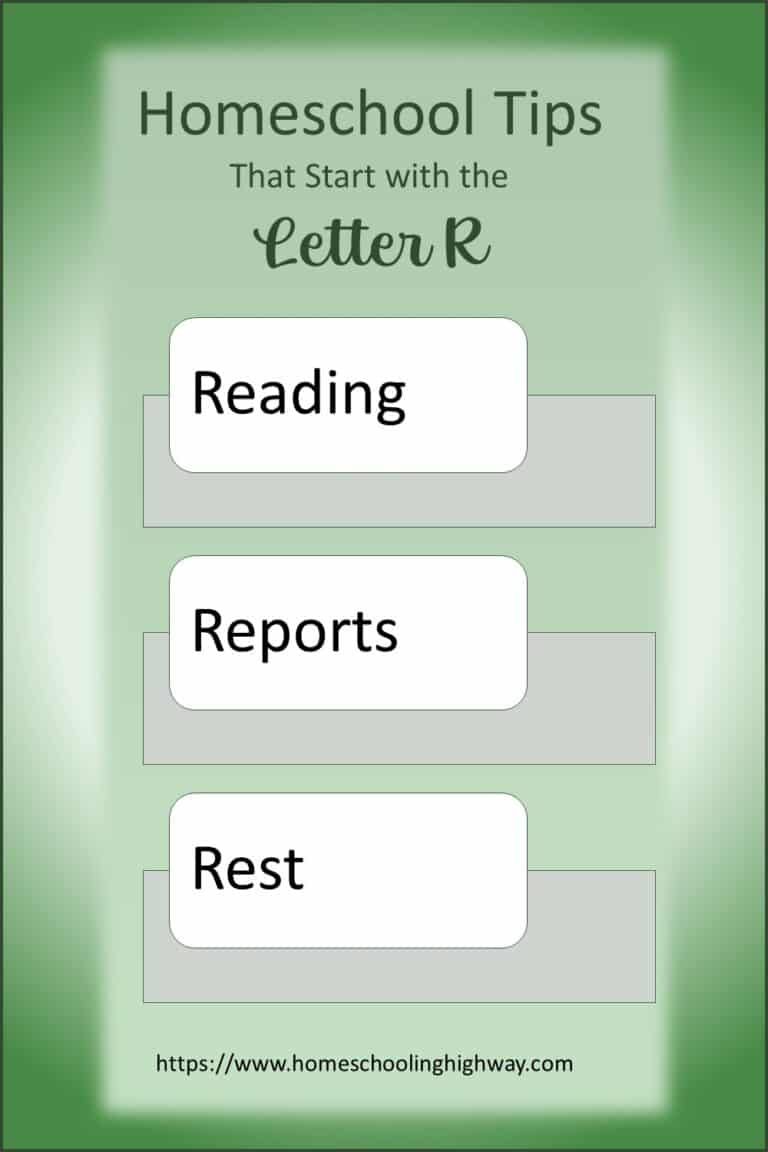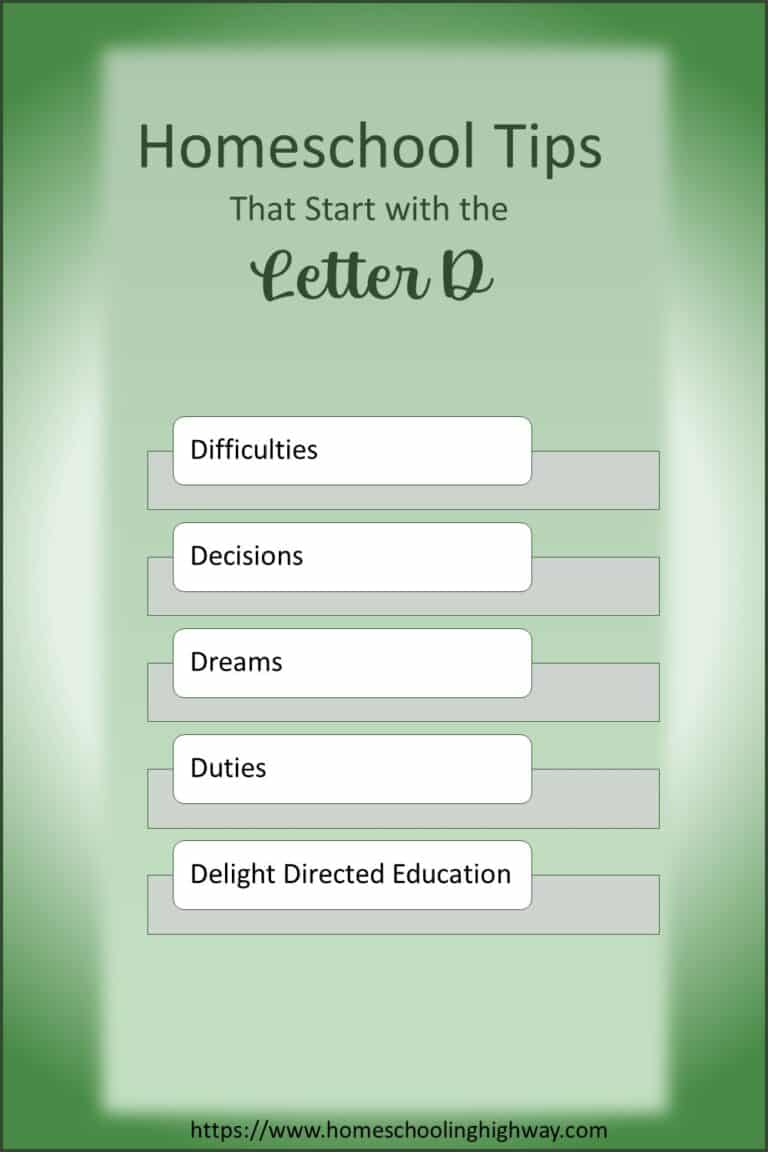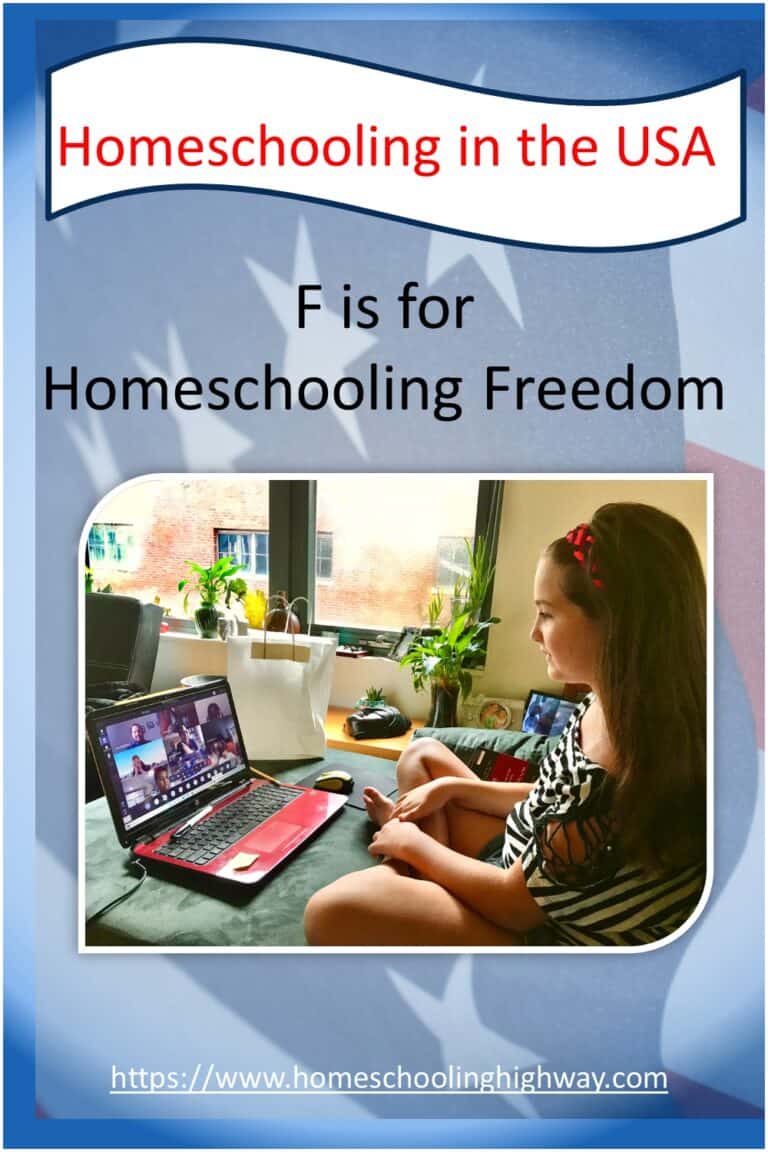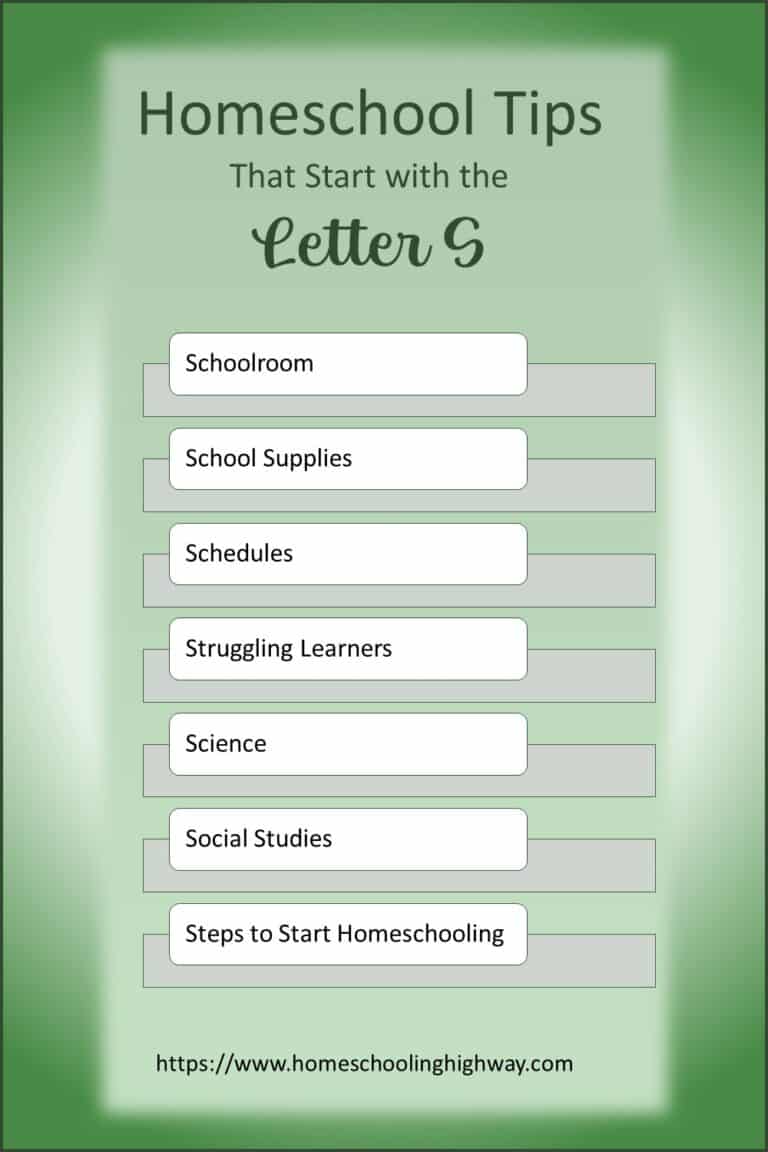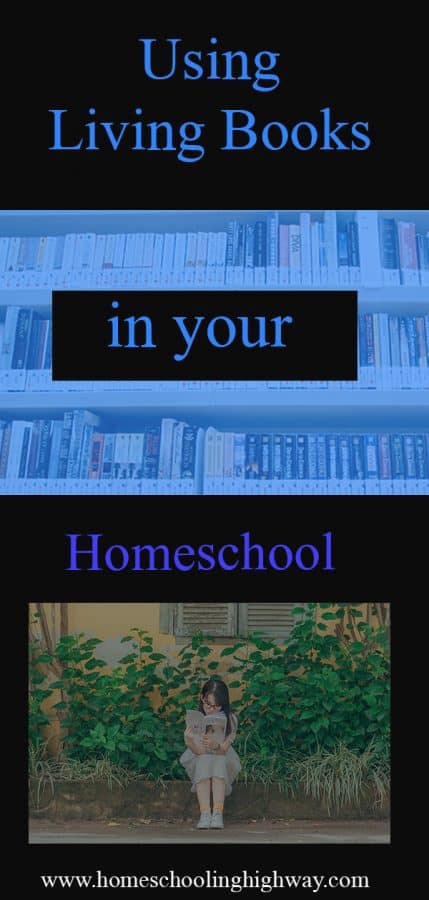
Finding curriculum for your homeschooled child can sometimes be an overwhelming task. There are a lot of different choices and styles out there, and today, I want to help you investigate using living books for your kids and help you see that they are an excellent option to teach with.
What is a living book?
Good question to start off with! A living book can be fiction, non-fiction, or even a biography.
The book brings the subject and people to life. Hence the word “living”. Living books are so much more than this though.
They are memorable, they capture our interests, they hook us in and stimulate our feelings. They make us think, but are also very enjoyable.
For me personally, a great living book will also have a lot of conversation between the characters, and the characters will also portray good morals and values that would set excellent examples for my children.
Let me give you two choices and see if you can guess which one would qualify as a portion in a living book.
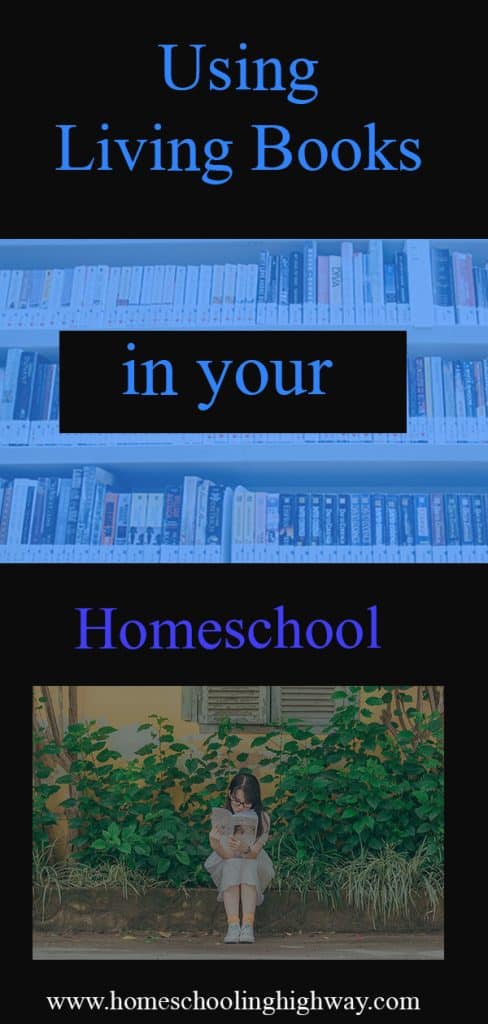
Meriwether Lewis sat quietly on the ground, his back against the rough bark of a large tree. Nearby, the Missouri River gently rippled, as it flowed away from him.
He glanced at the towering mountains that loomed ahead of him on his journey.
“How are we going to do it?”, thought Lewis. “How are we supposed to get over those mountains?”
Lewis’ brow furrowed as he contemplated the next movements for his team, the Corps of Discovery.
They needed to get over those mountains as fast as they could, before winter set in. Hopefully the Pacific Ocean was just on the other side of them.
Now compare that to this:
The Lewis and Clark Expedition from May 1804 to September 1806, also known as the Corps of Discovery Expedition, was the first American expedition to cross the western portion of the United States. It began near St. Louis, made its way westward, and passed through the Continental Divide of the Americas to reach the Pacific coast. The Corps of Discovery was a selected group of US Army volunteers under the command of Captain Meriwether Lewis and his close friend Second Lieutenant William Clark. (Wikipedia)
Could you tell which section would possibly be found in a living book? I hope so! It was the first section. There was emotion, a conflict, some conversation/thoughts, and details of the scenery. Could you picture the scene in your mind?
What did you picture when you read the section from wikipedia?
THE ADVANTAGES OF HOMESCHOOLING WITH
LIVING BOOKS
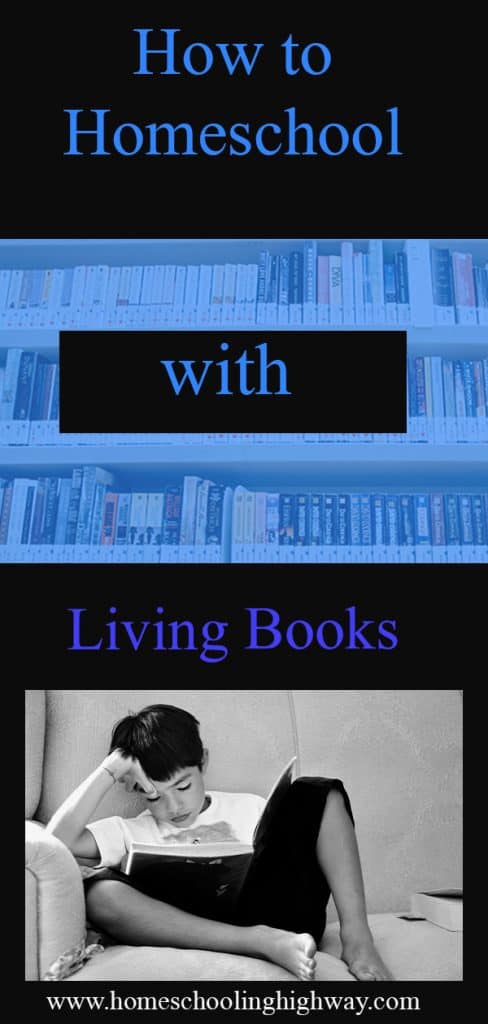
1. Your child can and will learn with living books.
Let me ask you a question. Do you have an easier time remembering a story that was told to you, or a list of facts? For me and my children, it’s the story.
When a book becomes so interesting that the child just doesn’t want to stop reading it, learning will occur. Their brain is taking in all of the words, details, and mental imagery, and the topic, subject, or person is literally coming to life in their mind. They will remember it.
When you read the story out loud to them, they will actively listen and remember it as their mind pictures the story happening, and the conflict resolving. They won’t be bored with a living book, and their mind won’t wander like it will with boring facts.
2. Their interest in a book will drive them to want to learn more about that topic or person.
For instance, as I was growing up, I was very interested in the medical field. I began reading stories about people that had overcome great physical or mental obstacles in their life, and these people went on to make their life wonderful!
It wasn’t just the triumph over tragedy saga that caught my attention, it was the physical therapy that they had to go through, the surgeries, the hospital settings, the psychiatrists, the wounds and treatments, etc.
Just by reading about people having to get those kinds of things done, I was learning about different diseases, diagnoses, and medical terminology.
These stories just kept fueling my desire to learn more and more and more! And by the way, I was blessed to be able to graduate from nursing school, and I enjoy using my nursing skills to help others.
THE DISADVANTAGES OF HOMESCHOOLING WITH
LIVING BOOKS
Unfortunately, there are some disadvantages of using just living books.
1. The biggest one for me was the fear that I was not covering all of the topics that a secular or even a private school social studies textbook was.
I learned quickly though, that even if I didn’t cover a large time period or a large topic list, that my kids were remembering more of just these topics than what a public school kid was by reading through a textbook quickly.
I grew up in a public school, and I can tell you the truth. I have learned so much more with these living books than I ever did in my school classrooms.
2. Good books are hard to get rid of! This means that you’ll have to find room to store them. I know that I have a ton of stories that I want to save for my grandchildren one day. I want them to have the same happiness reading them as I have had.
3. Lesson planning with living books takes work. You have to plan ahead your activities, book sections to read, videos to watch, etc. But… it’s worth it, if you have the time to plan it out yourself.
HOW DO YOU HOMESCHOOL
WITH LIVING BOOKS?
First choose a topic or person. Suppose you already have an interest in Clara Barton. (Gotta keep with the medical stuff, ya know?) So, start at the library and get a few books on her.
When you flip through the book, I always look to see if there is conversation. I don’t like to see: she did this, and then she did that, etc. That gets boring.
You want signs of life in the book. As you peruse the pages, look at their language. I always do a quick skim and look for curse words. I put those books back.
If the book has pictures in it, that is perfectly fine.
I love books that have maps or diagrams in the front, and also historical notes in the back. Sometimes there will be real-life pictures in those historical notes.
These kinds of books are usually keepers.
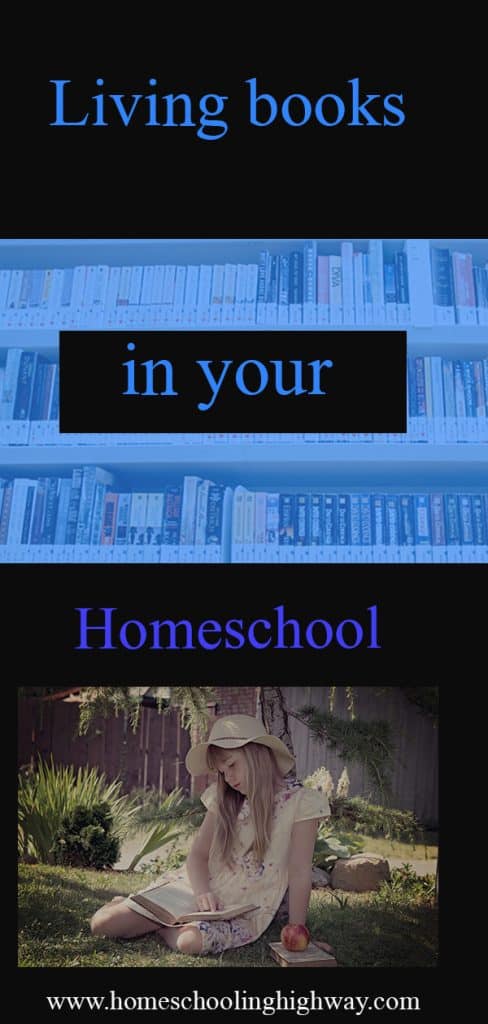
When you get home, if the book you’re interested in is short enough, go ahead and read it. Keep a pen and paper handy to write down some further study notes and any ideas you may come up with.
For example, every story has a setting. Since you’re reading about a topic or person, you’ll want your child to learn where that place is on the map. So that is number one.
Next, what is the date of the event or person’s life span? When you figure that out, you can start a timeline of the event/person’s life, or see what else was happening in the world around this time as well.
Third, as you read make a list of topics or ideas that come to mind that you could use for creative ideas.
For example, with Meriwether Lewis he kept a journal of the animals and plants that he saw. So, while your learning about Lewis, have your child keep a nature journal. Learn to draw trees, plants, and animals.
You can even use different kinds of mediums to do your art with. Such as markers, watercolor paints, pencil, and colored pencil. If drawing isn’t your style, use modeling clay and sculpt some birds or squirrels!
Clara Barton ideas are fun for me. Have your child bandage you up. They could practice wrapping up your forehead, or putting your arm in a sling. Don’t forget to let your child take a picture!
After your story is over and if the topic was interesting, you’ll want to gather some supplemental items. If you want to read another book on that person, go ahead. Check out YouTube, the History channel, Nova, and Discovery. The library also has videos and if your library has online videos, these are nice to use as well.
You can gather craft books or search online for different crafts for that era, or even look for recipes to try for different types of food.
Lapbooking is good to do if your child likes to cut and paste. These types of folders are wonderful to look at in years to come.
I always enjoyed notebooking. Keeping your maps, written work, and timelines organized in one place. This is a great keepsake as well.
Whatever you do, don’t make this mistake that I did!
HOW TO TEST KNOWLEDGE
WITH LIVING BOOKS
Testing isn’t always essay questions or multiple choice. You can find out if your child is remembering details just by talking with him/her.
The Charlotte Mason method of homeschooling stresses the importance of narration. Narration is the skill of summarizing and then verbalizing what you have heard and learned.
I did this a little bit with my kids, but basically I just asked them what they remembered from our reading yesterday. Any other type of open-ended questions also works well.
When you do the lapbooking or notebooking this is also a good way to evaluate your child. It’s not a test but just the action of your child writing down what they remember is good for them.
WHERE CAN I GET LIVING BOOKS?
The library is a great place to start. Keep your ears open for books sales coming up in your area, and attend those. You can also find some good bargains at yard sales. Look for covers that pertain to either a real life person, or a historical event.
Living book lists can be found online and are also a great place to start if you want to buy online or from amazon.
When you get a book title you may be interested in, see if there is a book review written on that book online.
I have a book review and free workbook and answer key written for Abraham Lincoln Gets His Chance. This book is available free with Amazon’s kindle edition.
HOW TO ORGANIZE YOUR
LIVING BOOK LIBRARY
Over the years I’ve collected more books and more books and more books. I have learned to keep my books organized. Nothing is worse than having to hunt through your home for one little paper backed book that you know you have “somewhere”.
Start with Biographies
My system starts with all of the biographies. I have them arranged alphabetically by last name. Even if I have more than one book on a person, they all get shelved together.
Organize Your Books by Event Order
Next I have my books arranged by event. The events are in chronological order. So all of the World War I books are in front of World War II, etc.
It gets tricky with people like Abraham Lincoln. Do you put him in the biography section or with the Civil War?
I chose to keep Lincoln with the Civil War, and Washington with the Revolutionary War, etc. I figured my biography section was for people that only had one or two books to their name. Lincoln and Washington have a ton, so I put them all together in one group with “their” war.
Organize Your Books by Series
Finally, I like to collect series. When you find a great book, it’s always nice to have book 2, 3, & 4! I keep my series together. Usually they deal with the same event, and are easy to find on the shelf.
Sometimes the same publisher prints different people’s biographies. You may end up with ten biographies that all look similar on the spines. Since these are biographies I do separate them.
How to Keep Your Books Organized Long-Term
And for the final tip about your library, I have found that when you remove a book, or let someone borrow a book, use a sticky note to write the book title, date, and person that borrowed it and place the sticky note where the book will be replaced. It works wonders to help keep your library organized!
Using living books has been a wonderful addition to my homeschool. I hope that you find as much fulfillment with them as I have.
Due to my love for these types of stories, I will be posting living book reviews along with study guides and workbooks on this site. You don’t want to miss any of it!
